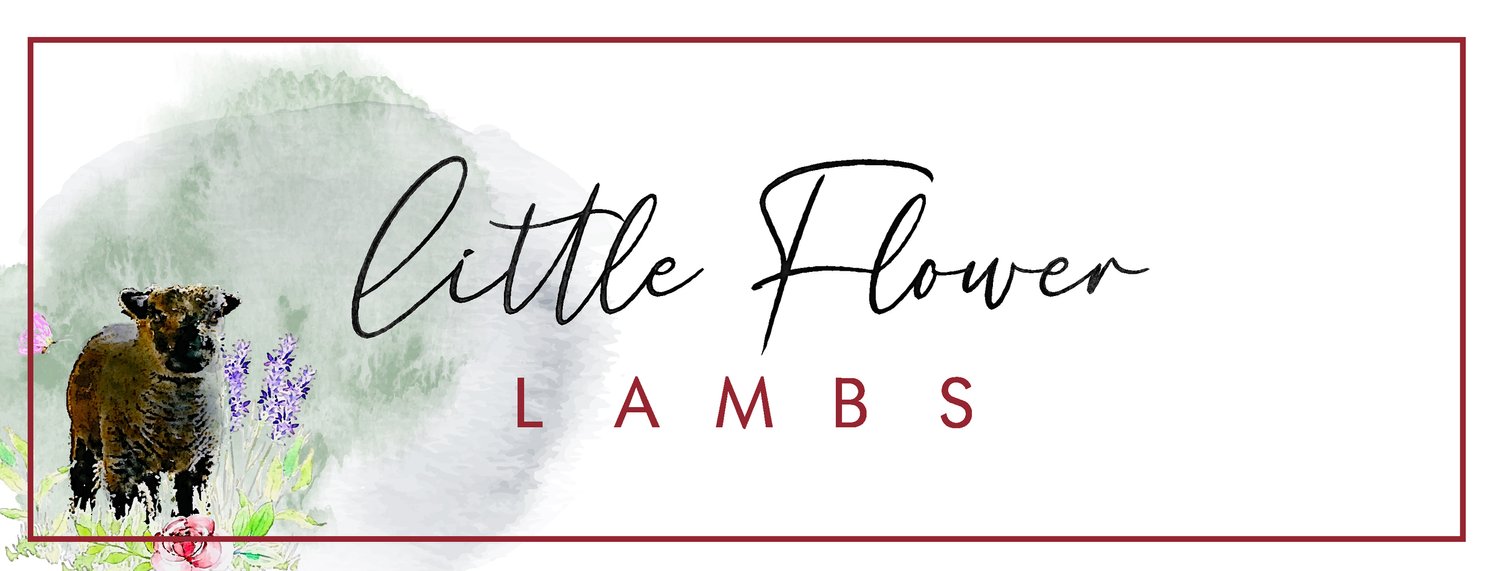Livestock Guardian Dogs
The Polish Tatra Sheepdog
Polish Tatras are an impressive livestock guardian breed. They possess many special qualities. The Polish Tatra Sheepdog Association of America aptly describes the breed in this way: ‘[The breed is] hardy, courageous, lively, alert, agile, gentle, and calm. It is loyal to its owners, affectionate with children, independent, highly intelligent and able to assess situations without human guidance. Although generally very gentle with children, Tatras will not tolerate abuse. They get along well with other pets and are not highly dog-dog aggressive. They typically are wakeful and vigilant during night hours and are territorial of both home and surroundings.'
Polish Tatras do best with a job of some kind. They are authentic guardian dogs and give strong warning to strangers; they are not bred to attack but will bark or growl to fend off intruders and may act if provoked or if their warnings are ignored. Farm life is ideal for Tatras, although some can live as pets with the right setup. Having a well-fenced property is of particular importance. Daily brushing keeps their coats healthy and frequent petting encourages a strong human bond, along with daily exercise, discipline, structure and affection. Their loving, strong devotion to family members is perhaps the most endearing hallmark of the Tatra.
Raising Polish Tatra Livestock Guardians on Small to Mid-Size Farms, Article written for The Guardian by Lisa Arnold
In loving memory of our exceptional polish tatra sheepdog, baśka-fantazja filos, "Kazia"
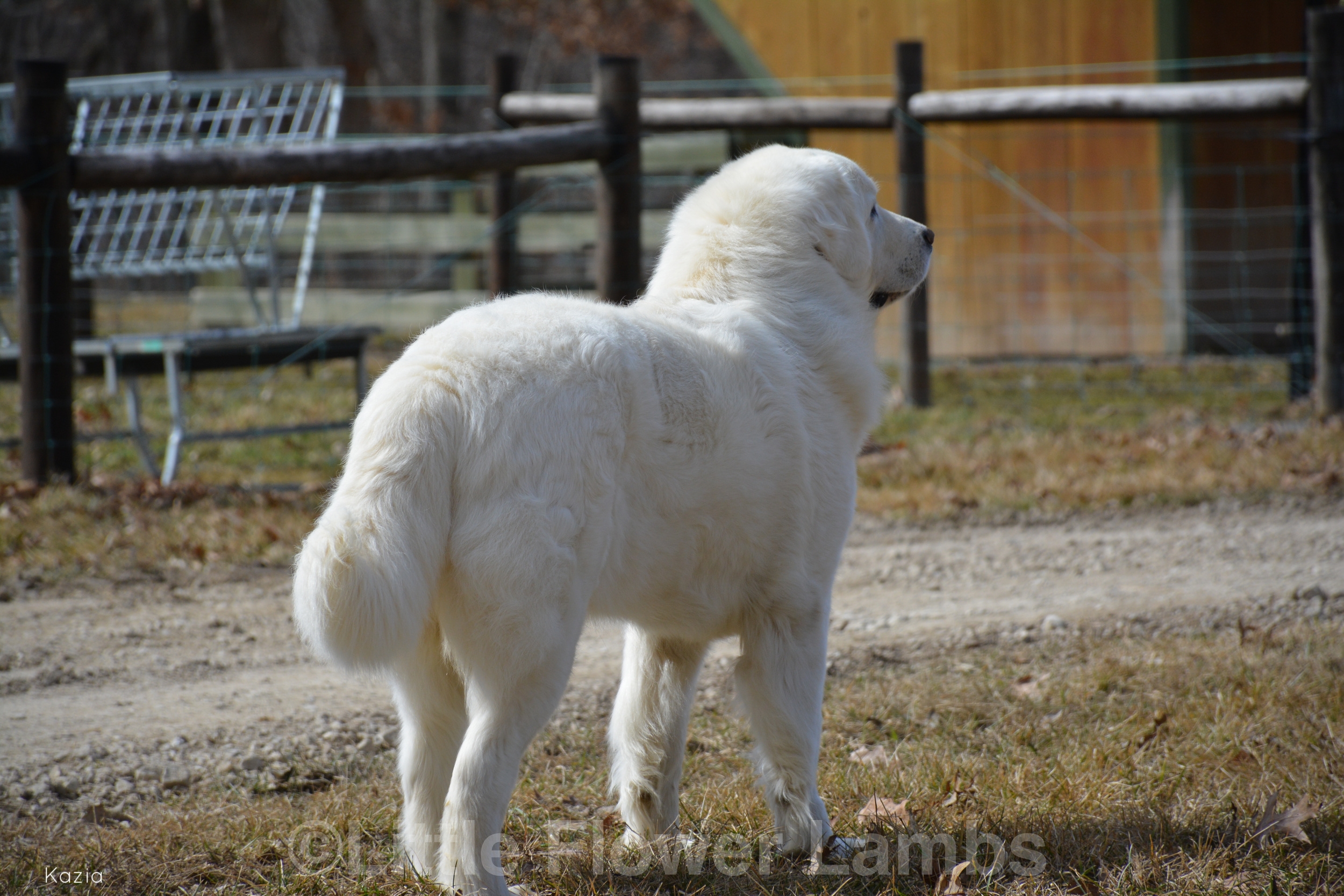


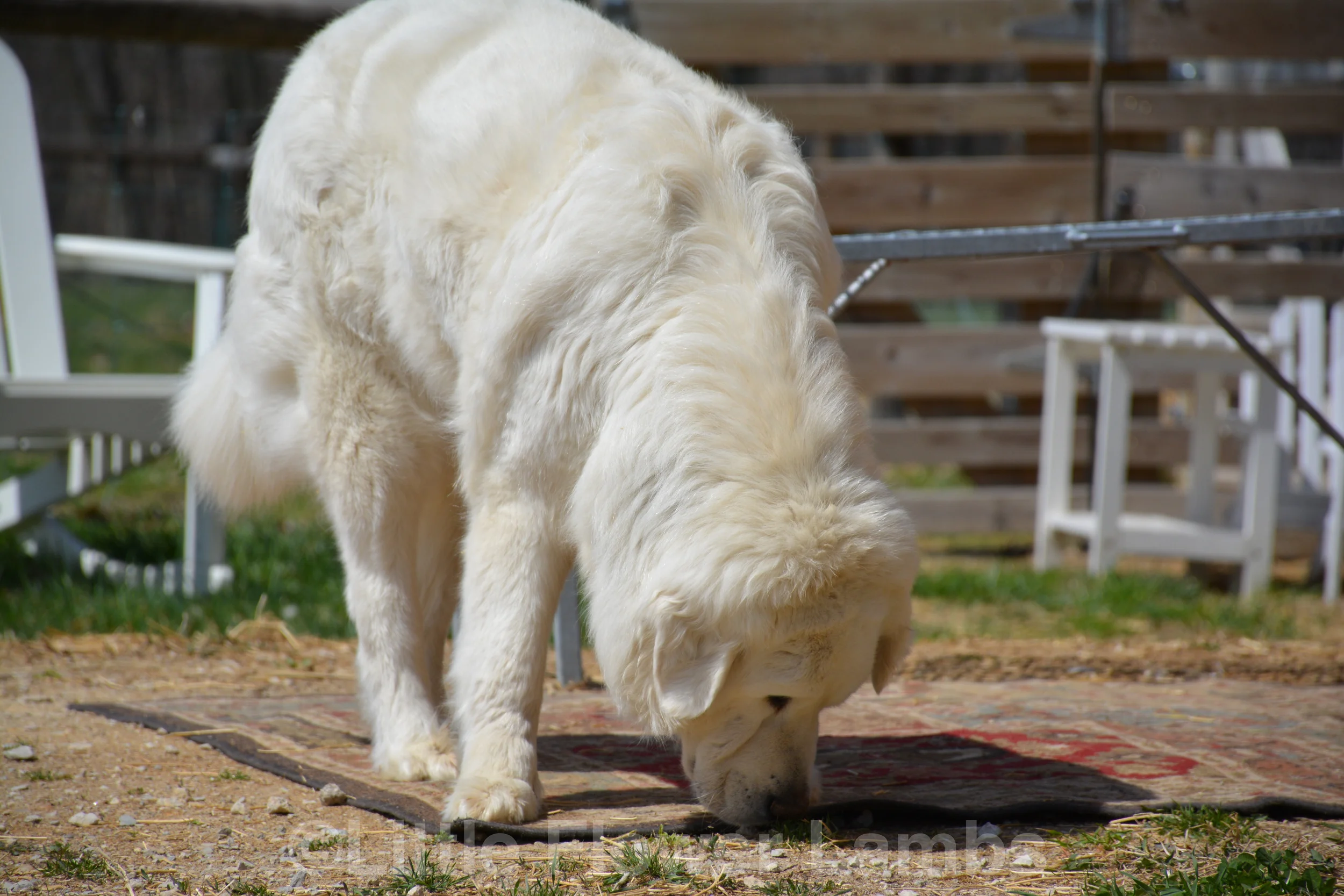
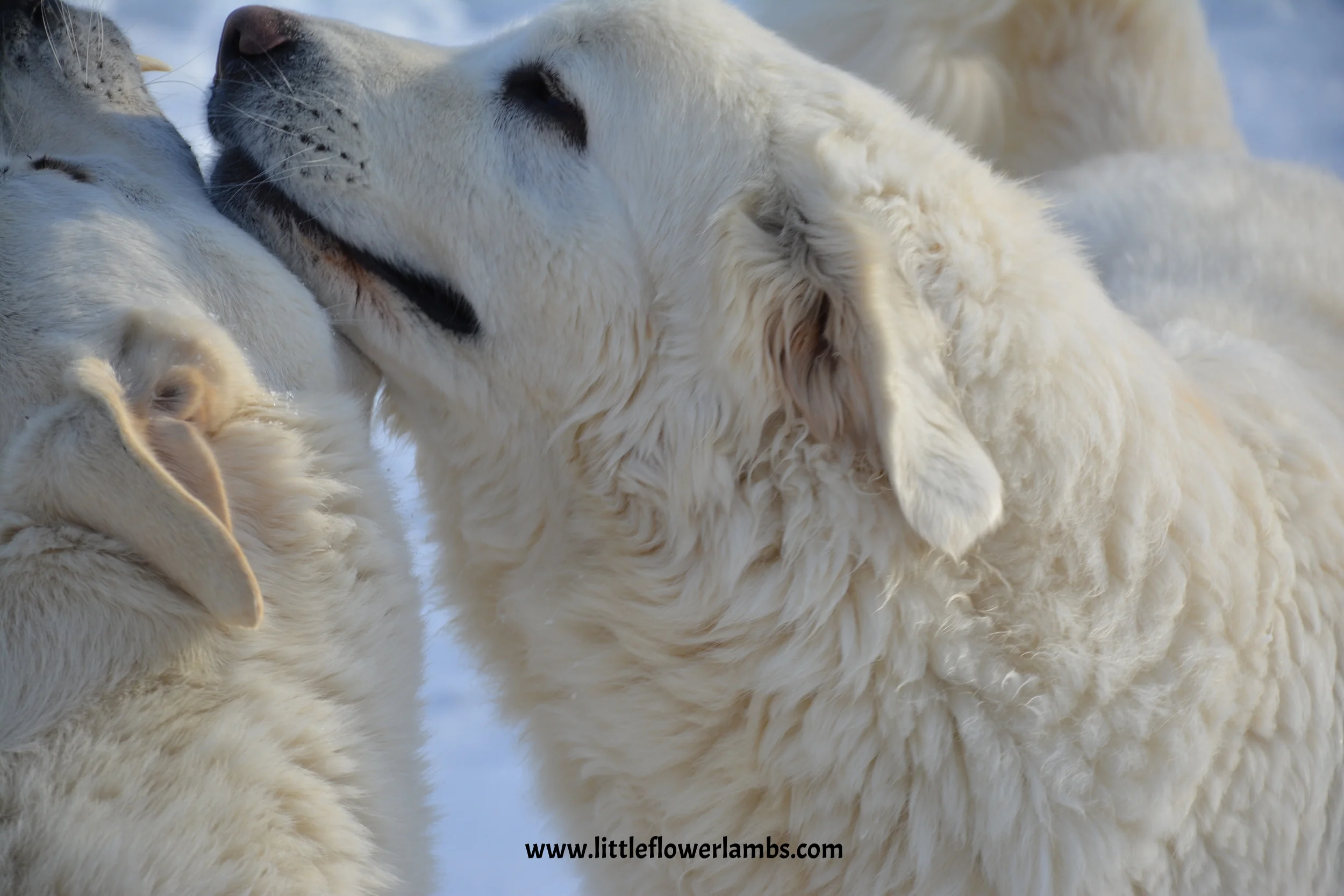
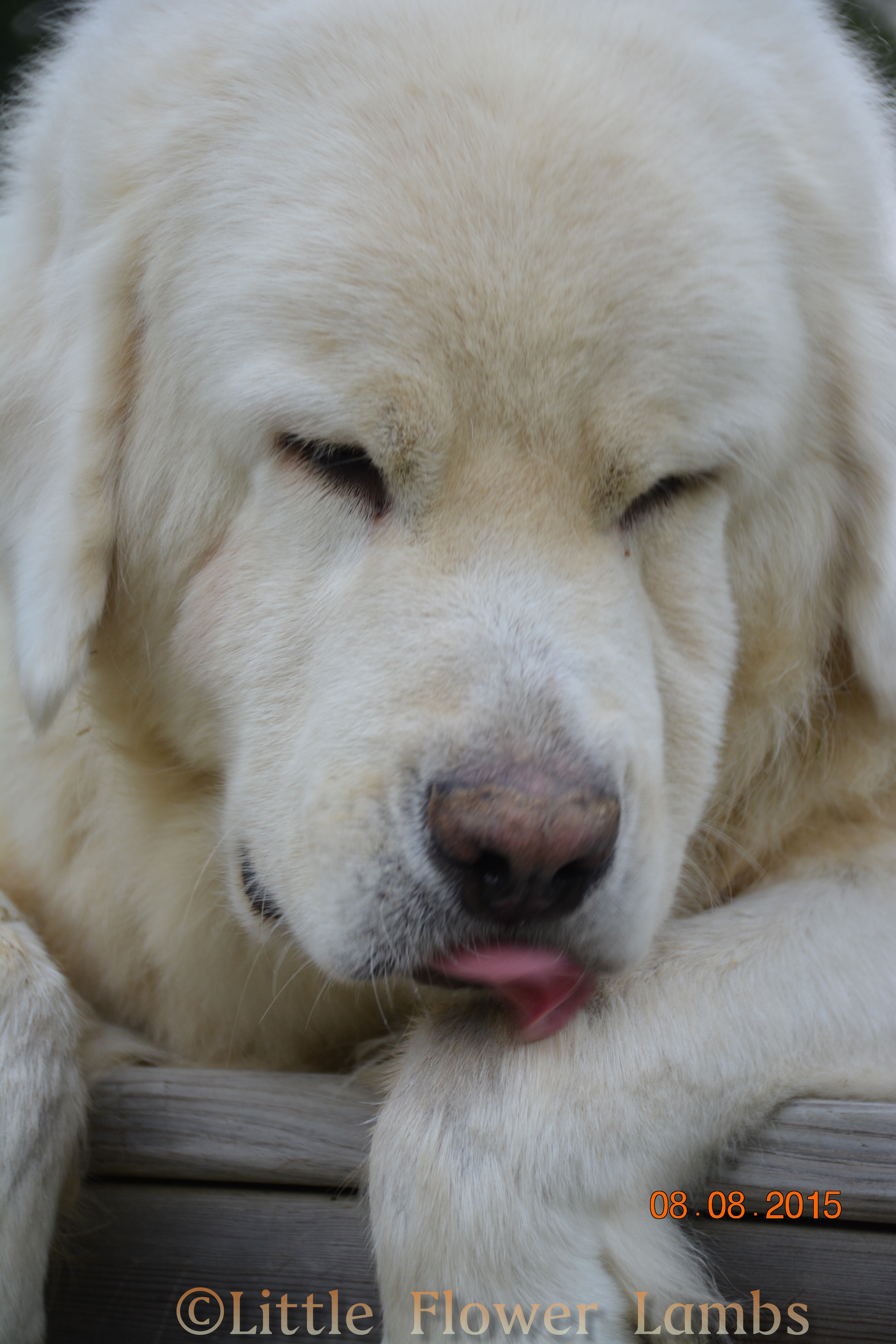


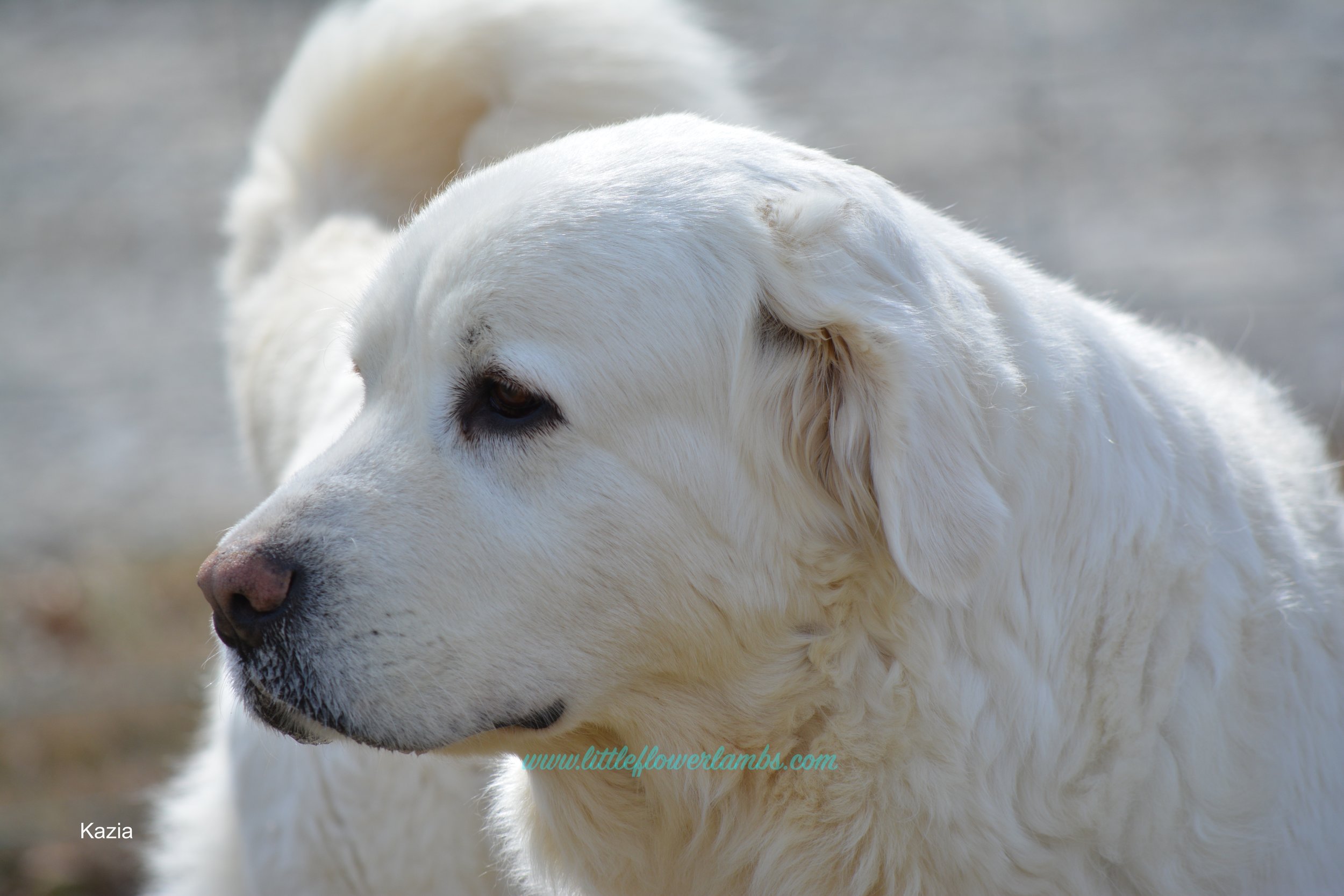




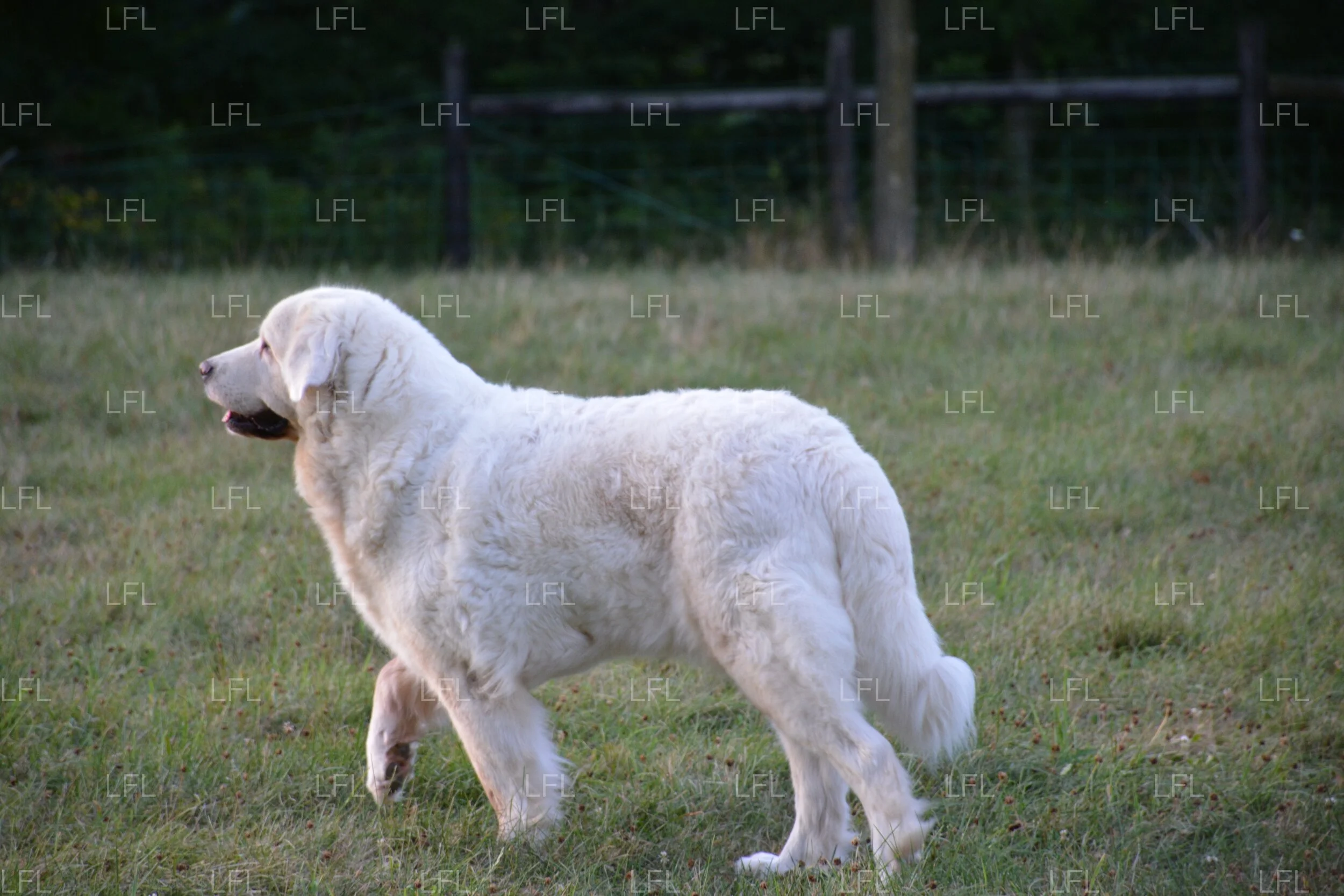

My thoughts about breeding the Polish Tatra Sheepdog in the United States:
For those unfamiliar with the state of the Polish Tatra Sheepdog in our country, it may seem a bit different to you how I am approaching the prospect of breeding the Owczarek Podhalanski (or the Polish Tatra Sheepdog). The Polish Tatra Sheepdog is a rare breed in North America. At this time in the United States, we have only a handful of breeders — actually, three known USA breeders associated with the PTSCA and one pending (me) at the time of this writing (June 2018). If I were breeding Labradors or Golden Retrievers, my approach might be different, though both of us would be seeking excellence in our breeding. I plan to be a small breeder of the large Polish Tatra Sheepdog, seeking to replace this magnificent breed in the future on my own farm, while placing a few Tatras throughout the country as pet, working, livestock or show dogs, depending upon the individual gifts and natural tendencies found within each puppy.
Breeders are striving to preserve the few genetics available and some of us are working to bring in dogs from other countries from the best possible breeding stock we can find. Although most of us have our dogs registered with FCI (through the kennel club of each dog’s country of origin), we cannot register our future litters with FCI because we do not have a breed association here in the USA that is affiliated with the FCI, even if both the dog and bitch are FCI registered. Consequently, we can only register our litters with UKC or ARBA since the AKC does not yet recognize this historic breed.
If we hope to carefully grow this beautiful breed here in our country, we must take care to evaluate conformation, health and temperament before we import. We must familiarize ourselves with the breed standard in great detail, carefully studying existing Tatra lines. It's possible that at smaller local shows, a judge may never have seen a Polish Tatra Sheepdog personally. Fortunately for us, the breed standard for the Polish Tatra is remarkably sensible, sound and reflects and respects the working traits of the breed.
Breeders have to weigh the future good and preservation of the breed as a livestock guardian with the desire to enter the it into the show ring in the future. I personally believe there is room for preserving both traditions, so long as breeders are frank about the temperaments and working qualities within their lines. I have seen Tatras with amazing abilities in the area of livestock guardianship while also encountering a few with a clear affinity for house duty. One type would not necessarily be happy doing the other's job on a full-time basis. As breeders, we must be keenly aware of the need to place our puppies in the most suitable homes for their particular temperaments and talents, not just blanket and random placements. Because the Tatra is a working dog and has been for hundreds of years, we must keep in mind the prime position of the Tatra as a working dog. When we forget this fact, we find that many Tatras cannot live in a home without some kind of daily challenge that allows them to think independently, such as being able to work livestock. Because of the variability within the breed, however, we do see some Tatras capable of indoor living so long as they get plenty of daily outdoor exercise, strong and consistent leadership and have a dedicated family who will commit to their daily training and grooming. Every breeder may need a few working homes and a few pet or show homes, depending upon the individual abilities and variability represented within the particular lines and individual litter they have.
We must be aware of the lines that the few breeders here in America are breeding from so as not to encourage more inbreeding and look carefully at the hip backgrounds going back several generations while using every means available to evaluate the temperaments of the dogs we are importing. We should check the bites, testicles, conformational and temperamental soundness of the puppies before we acquire them, particularly because of the distances they may be coming from. We hope to establish a good relationship with breeders in other countries, while also maintaining an open and honest relationship with our future puppy owners. We must be careful on many levels since the genetics are largely overlapping, going back to some of the same stud dogs and bitches only a few generations back, in a number of cases, especially since World War II brought almost-extinction to the breed in Europe, shrinking the genetic pool.
I have been preparing for nine years now to breed my first Tatra. This in no way makes me better suited to breeding than someone who has been preparing less time. However, it shows the difficulty we have in locating solid genetics, bringing in good dogs from abroad, raising the puppies to the proper age to test their hips, and assuring that their conformation, temperaments and health are as sound as possible before breeding. Fortunately for our breed, the Tatra is generally a healthy breed and does not experience many of the genetic problems that other more popular breeds today are experiencing in larger numbers. Even with that good news, however, our challenge is great and there are many considerations in selecting the best breeding dogs. If we try to do everything exactly like breeders of popular dogs, we will likely end up unable to see the Polish Tatra really get established in this country. There is much room for discussion about how to best preserve the breed, but when it is rare and there are few truly new genetics available, we must also take action to not lose this magnificent breed here in the United States.
Although I have not yet bred even one litter of dogs, I have over fifty years of experience with dogs and almost nine years with this amazing breed, the Polish Tatra Sheepdog. Though I have much practical experience with the Labrador, German Shepherd and Golden Retriever because of my many years of guide dog raising and training, I have found the Polish Tatra to be one of the most amazing, stable, courageous, sensible, and beautiful animals that I have ever had the privilege of working with. This is the breed that I hope to put my life experience together to further, protect, preserve and hopefully one day, breed.
I am learning a great deal every day, and I pledge my best efforts in this endeavor, deeply hoping that we can save this breed from extinction in our country and bring about a solid base of conscientious breeders who can work together for the good of the breed, growing with one another in our task of becoming the best breed stewards possible in the United States.
Lisa Arnold
June, 2018
Member of the PTSCA (Polish Tatra Sheepdog Club of America)
Champion polish tatra sheepdog, livestock guardian dog, farm dog, big white guardian dog, big white fluffy dog, sheepdog, kuvasz, Anatolian shepherd, maremma, marema, great Pyrenees, polish sheepdog, lgd, usa, USA, LGD, Iowa, midwest Akbash beautiful livestock dog majestic livestock dog owczarek podhalanski Berger de podhale tatra puppies polish tatra puppies sheepdog puppies livestock puppies livestock guardian dog puppies lgd puppies Akbash puppies maremma puppies marema puppies great pyrenees puppies
